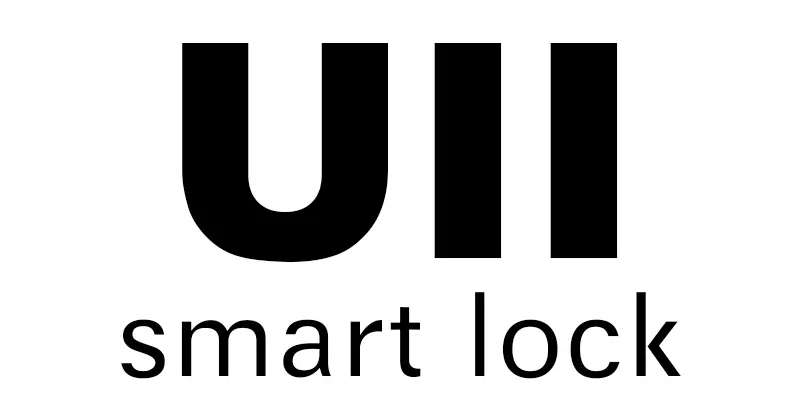
The Internet of Things (IoT) is changing the way we live, especially in our homes. Smart homes use IoT devices to make our lives easier and safer. Security and surveillance are very important in smart homes because they protect us from dangers like burglars and environmental hazards.
The Role of IoT in Enhancing Home Security
IoT plays a big role in making home security better. Smart surveillance systems include devices like smart cameras, motion sensors, and video doorbells. These devices let us monitor our homes in real-time, store footage in the cloud, and even use AI to detect threats.
Smart Surveillance Systems
Smart cameras can capture high-definition video, even at night. Motion sensors can alert us when there is movement in restricted areas. Video doorbells let us see and talk to visitors from our smartphones.
Integration with Home Automation
These IoT devices work together with other smart home systems. For example, if a motion sensor detects movement, it can turn on the lights and sound an alarm automatically.
Key IoT Solutions for Home Safety
There are many IoT solutions that make our homes safer. Intrusion detection systems, environmental monitoring, and personal safety devices are some examples.
Intrusion Detection Systems
Smart locks, window sensors, and alarm systems help prevent unauthorized entry. Some smart locks use fingerprints or facial recognition for added security. We can also control these devices remotely using our smartphones.
Environmental Monitoring
IoT devices can also monitor environmental hazards. Smoke detectors, carbon monoxide detectors, and water leak sensors provide early warnings and automatic responses. This can prevent serious damage and save lives.
Personal Safety Devices
Wearable IoT devices, like panic buttons and fall detection sensors, help keep individuals safe. These devices can alert emergency services or family members in case of an emergency.
Benefits of IoT in Home Security
IoT offers many benefits for home security. Enhanced surveillance capabilities, proactive threat management, and remote monitoring and control are some of the key advantages.
Enhanced Surveillance Capabilities
Smart cameras provide high-definition video, night vision, and 360-degree coverage. This means we can keep an eye on our homes from anywhere, at any time.
Proactive Threat Management
AI and machine learning help IoT devices predict and respond to threats before they happen. This can prevent break-ins and other security issues.
Remote Monitoring and Control
We can monitor and control our home security systems remotely using our smartphones. This makes it easy to keep our homes safe, even when we are not there. such you can open or close with a remote control door lock app.
Challenges and Risks
Despite the benefits, there are also challenges and risks associated with IoT in home security. Privacy concerns, cybersecurity threats, and interoperability issues are some of the main challenges.
Privacy Concerns
IoT devices collect a lot of data, which can raise privacy concerns. It is important to have strong data protection measures in place to keep our information safe.
Cybersecurity Threats
IoT devices can be vulnerable to hacking and cyber attacks. It is crucial to secure our IoT networks to prevent unauthorized access.
Interoperability Issues
Integrating devices from different manufacturers can be challenging. Standardized protocols are needed to ensure that all devices work together seamlessly.
Future Trends and Innovations
The future of IoT in home security looks promising. Advancements in AI and machine learning, the adoption of 5G and edge computing, and the use of blockchain for security are some of the trends to watch.
Advancements in AI and Machine Learning
AI and machine learning will continue to improve, making IoT security devices even smarter and more effective at detecting and responding to threats.
5G and Edge Computing

The adoption of 5G and edge computing will enhance the performance and reliability of IoT security systems. This will enable faster and more efficient data processing.
Blockchain for Security
Blockchain technology can enhance the security and transparency of IoT devices and data. This can help prevent unauthorized access and data breaches.
Conclusion
In conclusion, IoT has a significant impact on enhancing home security and surveillance. While there are challenges and risks, the benefits far outweigh them. By addressing these challenges and leveraging the benefits, we can create safer, smarter homes.
